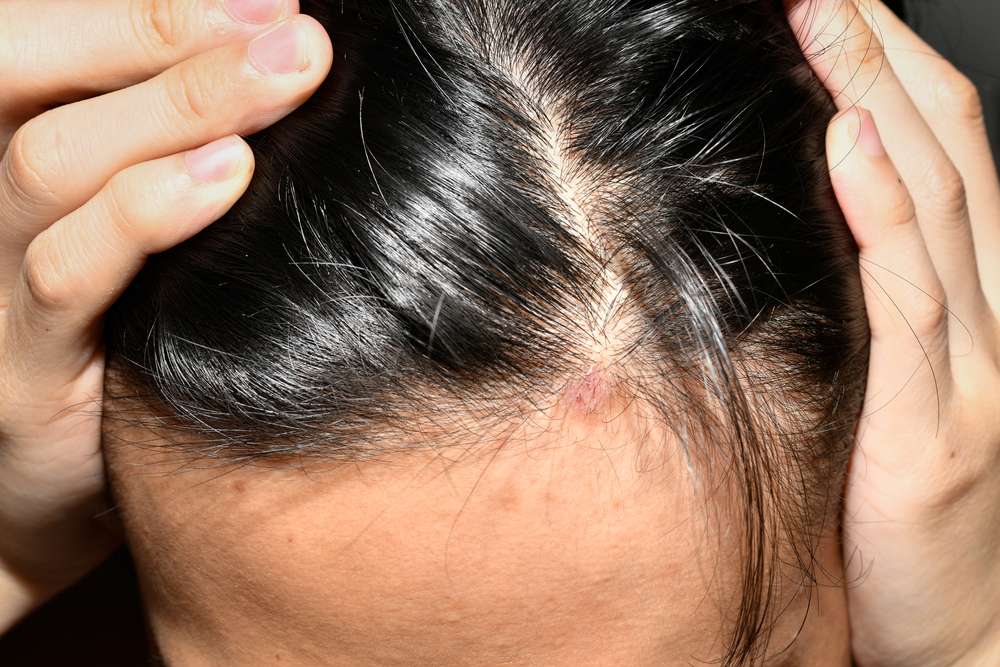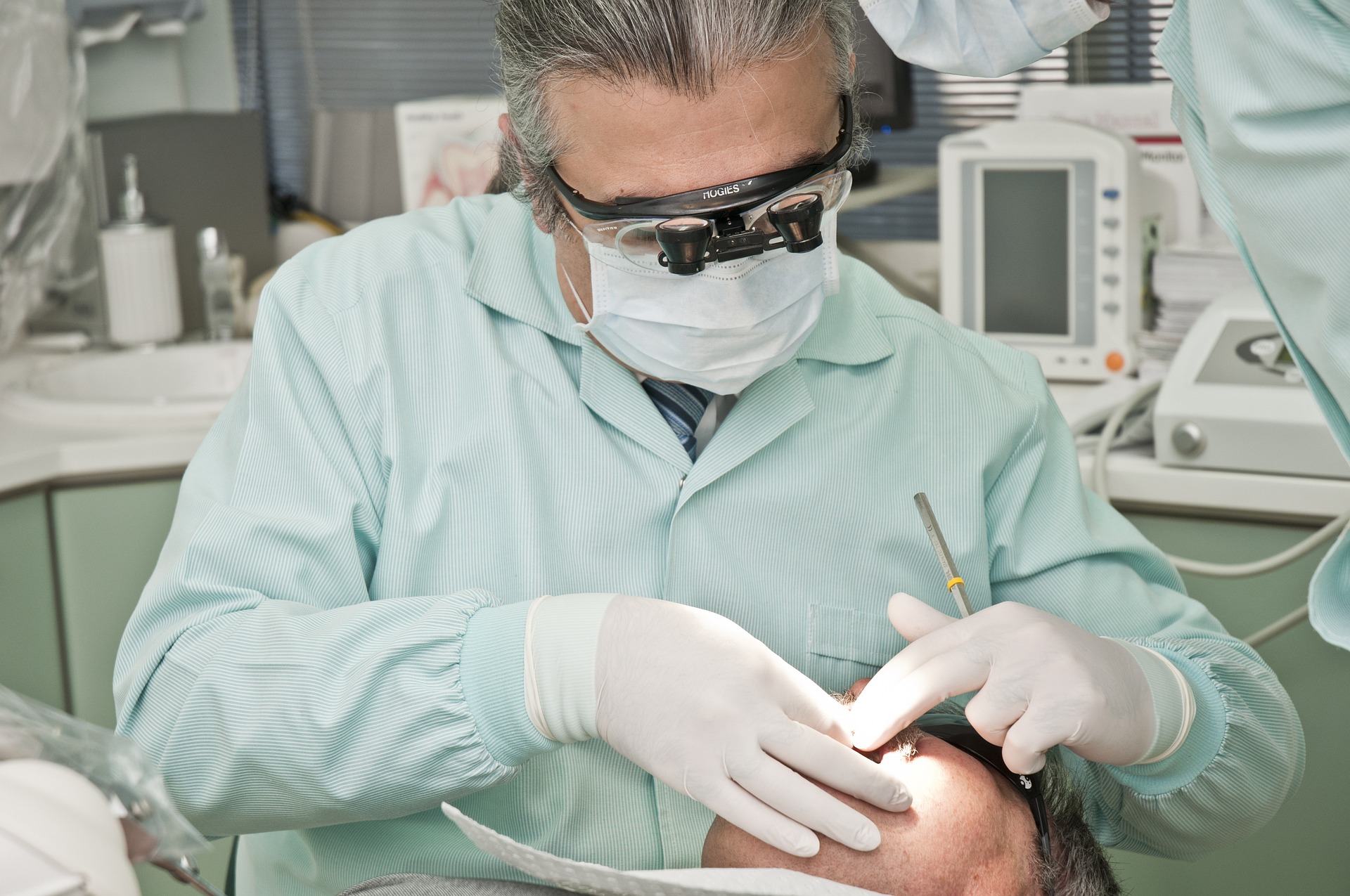Psoriasis on the Scalp: Causes, Symptoms, and Treatment Options
Scalp psoriasis affects approximately 45% to 56% of people with psoriasis, making it one of the most common forms of this chronic autoimmune condition. This inflammatory skin disorder creates thick, scaly patches on the scalp that can extend beyond the hairline to the forehead, neck, and behind the ears. Understanding the causes, recognizing symptoms, and exploring treatment options can help individuals manage this condition effectively and improve their quality of life.

What Causes Scalp Psoriasis?
Scalp psoriasis develops when the immune system mistakenly attacks healthy skin cells, causing them to multiply rapidly. Instead of the normal 28-day skin cell cycle, new cells form in just 3-4 days, creating the characteristic thick, scaly patches. Genetics play a significant role, with about one-third of people having a family history of the condition.
Several factors can trigger or worsen scalp psoriasis flare-ups. Stress, infections, certain medications, weather changes, and skin injuries can all activate the condition. Hormonal changes, excessive alcohol consumption, and smoking may also contribute to outbreaks. While these triggers vary from person to person, identifying personal triggers helps in developing an effective management strategy.
What Does Scalp Psoriasis Look Like?
Scalp psoriasis appears as raised, reddish patches covered with thick, silvery-white scales. These patches can range from small, localized areas to extensive coverage across the entire scalp. The affected skin often feels dry and may crack or bleed, particularly when scratched or irritated.
The patches typically have well-defined borders and may extend beyond the hairline onto the forehead, neck, or around the ears. In severe cases, the scaling can be so thick that it temporarily affects hair growth, though permanent hair loss is uncommon. The condition can affect any part of the scalp, from small spots to large areas, and the appearance may change during flare-ups and remission periods.
Scalp Psoriasis vs. Dandruff: Key Differences
While both conditions cause flaking and scalp irritation, several key differences distinguish scalp psoriasis from common dandruff. Dandruff typically produces small, white or yellow flakes that fall easily from the scalp, while psoriasis creates thick, silvery scales that adhere more firmly to the skin and hair.
The underlying skin also differs significantly between these conditions. Psoriasis causes raised, inflamed patches with clearly defined borders, whereas dandruff usually involves mild scalp irritation without the thick, raised lesions. Additionally, psoriasis-related scaling often extends beyond the hairline, while dandruff typically remains confined to the scalp area. The itching associated with psoriasis tends to be more intense and persistent compared to the mild irritation of dandruff.
Why Picking at Psoriasis Patches Can Make Things Worse
Picking, scratching, or attempting to remove psoriasis scales can significantly worsen the condition through a phenomenon called the Koebner response. This reaction causes new psoriasis lesions to develop at sites of skin trauma or injury, potentially spreading the condition to previously unaffected areas of the scalp.
Aggressive picking can also lead to secondary complications, including bacterial infections, permanent scarring, and temporary hair loss. The trauma from scratching increases inflammation, making existing patches thicker and more persistent. Instead of picking, gentle treatment with appropriate medications and moisturizing products helps scales soften and shed naturally while promoting healing.
Treatment Options and Associated Costs
Various treatment approaches are available for scalp psoriasis, ranging from over-the-counter solutions to prescription medications. Treatment costs vary significantly based on the type of therapy, insurance coverage, and severity of the condition.
| Treatment Type | Provider/Brand | Cost Estimation |
|---|---|---|
| Medicated Shampoos | Neutrogena T/Gel, Selsun Blue | $8-$25 per bottle |
| Topical Corticosteroids | Generic/Brand Prescription | $30-$150 per tube |
| Vitamin D Analogues | Dovonex, Calcitriol | $200-$400 per tube |
| Biologics | Humira, Cosentyx, Skyrizi | $5,000-$20,000 annually |
| Phototherapy Sessions | Dermatology Clinics | $75-$200 per session |
Prices, rates, or cost estimates mentioned in this article are based on the latest available information but may change over time. Independent research is advised before making financial decisions.
Lifestyle Tips for Managing Scalp Psoriasis
Effective scalp psoriasis management extends beyond medical treatments to include daily lifestyle modifications. Gentle hair care practices, including using lukewarm water and mild, fragrance-free shampoos, help minimize irritation. Avoiding harsh brushing, tight hairstyles, and chemical treatments reduces trauma to affected areas.
Stress management techniques such as meditation, regular exercise, and adequate sleep can help prevent flare-ups. Maintaining a healthy diet rich in anti-inflammatory foods, limiting alcohol consumption, and avoiding smoking may also support overall skin health. Regular moisturizing with appropriate scalp treatments helps maintain skin barrier function and reduces scaling.
Working with dermatologists and other healthcare professionals in your area ensures access to the most current treatment options and personalized care plans. Many local support groups and online communities provide additional resources for managing this chronic condition effectively.
Scalp psoriasis requires ongoing management, but with proper treatment and lifestyle modifications, most people can achieve significant symptom control and maintain a good quality of life. Early intervention and consistent care remain key factors in successful long-term management of this condition.
This article is for informational purposes only and should not be considered medical advice. Please consult a qualified healthcare professional for personalized guidance and treatment.




